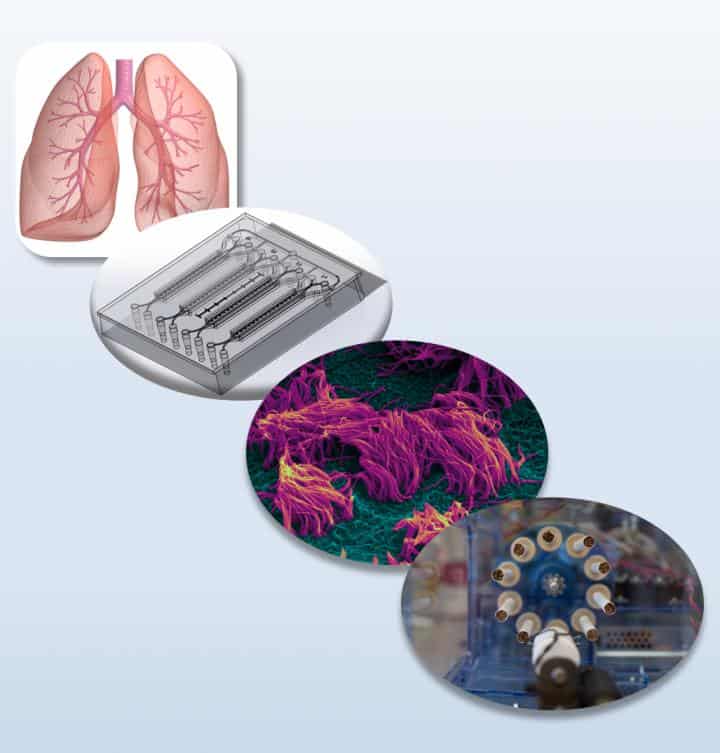Smoking machine helps researchers understand cigarette hazards
Lung-on-a-chip technology could lead to improved treatments for chronic obstructive pulmonary disease (COPD), a smoking related condition that’s thought to be the third leading cause of death worldwide.


Developed by a team from Harvard University’s Wyss Institute for Biologically Inspired Engineering, the technology consists of a lab-on-a-chip device which supports cells from normal or diseased human lungs and an instrument that "breathes" cigarette smoke in and out over these chips.
Using the device, the research team was able to recreate and analyse the effects of smoking at the molecular, cellular, and tissue level to gain a better understanding of the damage caused by COPD and identify potential therapies.
"It's one of the lung diseases that has very few therapeutics available in the market,” said researcher Kambez H. Benam. “Most of the drugs given are to control the symptoms; there is no cure to reverse or prevent disease progression."
To understand how smoking affects the small airways damaged in COPD, the researchers first built a lung airway-on-a-chip. These devices are made of a clear flexible rubber the size of a computer memory stick lined with living human cells.
Register now to continue reading
Thanks for visiting The Engineer. You’ve now reached your monthly limit of news stories. Register for free to unlock unlimited access to all of our news coverage, as well as premium content including opinion, in-depth features and special reports.
Benefits of registering
-
In-depth insights and coverage of key emerging trends
-
Unrestricted access to special reports throughout the year
-
Daily technology news delivered straight to your inbox










Breaking the 15MW Barrier with Next-Gen Wind Turbines
The key point s that wind power is intermittent. There is a lot of crowing when it is the main source of power generation but things fall silent when...